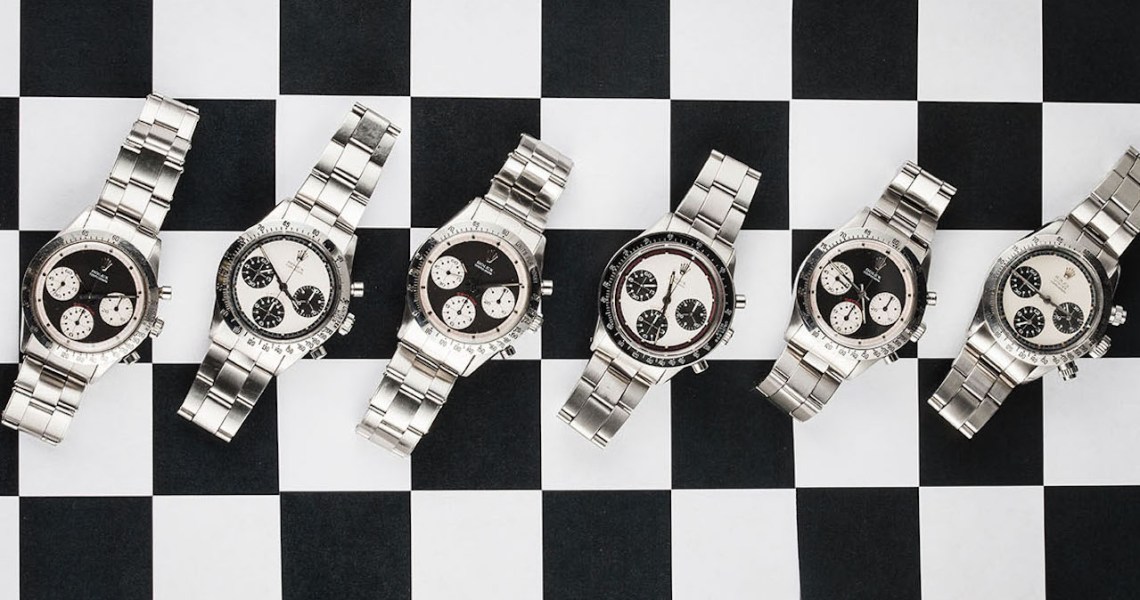While the 2022 Academy Awards were memorable for other reasons, this year’s Oscars night was also notably big for luxury watches.
Brands like Omega, Cartier and Tag Heuer had a flashy presence on the red carpet, prompting GQ to ask in a story headline the next day, “[A]re these the best watches we’ve ever seen on the Oscars red carpet?”
The watch industry has seen massive growth in the last few years. According to luxury publication Luxe Digital, Hong Kong and the U.S. are leading the charge, with a 37% and 26% increase, respectively, in luxury watch sales in the last year. Affluent millennials in China, the U.S. and the U.K. are primarily driving the growth, after curtailing their spending during the pandemic.
Also working to boost sales is a shift that’s happening in how watches are designed and sold, particularly when it comes to the division between men’s and women’s styles. While fashion has been embracing gender-neutral trends, the watch industry has been less progressive.
But according to Brynn Wallner, who created the women’s watch-focused Instagram account @dimepiece.co, that’s changing. More women are buying luxury watches — for example, Zenith has grown its women’s customer base to a record high of 26% of its total, as of January. And, as of September 2021, sales to women of watches over $1,200 account for 54% of the watch industry. Wallner started @dimepiece.co in 2020 to be a comprehensive resource for women on the world of watches. It currently has more than 22,000 followers
“The watch industry is so behind on [gender neutrality],” Wallner said. “In the past year, it’s been a big topic among consumers and in editorials, to the point that it’s finally transcending the consumer and impacting the way brands think. A lot of brands still design watches for a man’s wrist or a woman’s wrist, but they’re becoming more progressive in how they label and present the watches.”
Wallner pointed to luxury watch brand Audemars Piguet, which stopped labeling its watches with genders on its site. Watchfinder & Co. did the same last year, followed by Zenith in February. Grouping watches by size is becoming a more common, gender-neutral way of presenting watches.
On the red carpet, where watch brands frequently pay to place their watches on celebrity wrists, the move from gendered watches was clear on Sunday. For instance, actress Tati Gabrielle wore a chunkier watch: a 36mm style by Omega. According to Watchfinder & Co.’s size categories, it was a medium-size watch — watches traditionally designed for women are usually 35mm or below. Meanwhile, actor Kodi Smit-McPhee wore a thin, elegant diamond-studded Cartier watch that drew headlines for the face’s snowglobe effect created by cascading diamonds. Diamonds have traditionally been reserved for women’s watches.
In a red carpet interview with the E! network, Smit-McPhee said part of his goal, both with his Oscar-nominated performance in Jane Campion’s “Power of the Dog” and with the watch he wore on the red carpet, was to challenge traditional notions of masculinity.
“I have a stylist who supports me in being daring and not being afraid of color while keeping it classic,” he said in the interview, referring to his stylist Jared Eng.
According to Raynald Aeschlimann, CEO and president of Omega, celebrities wearing watches on the red carpet is a valuable marketing opportunity.
“It’s great to see our watches matched with such elegant clothes, enhancing the red carpet look,” Aeschlimann said. “Of course, it also reinforces our reputation as an aspirational watch brand, producing products that high profile celebrities are proud to wear in the spotlight.”
According to Wallner, Cartier has been ahead of the pack, when it comes to embracing gender-neutrality.
“Cartier wins in that category,” she said. “The Cartier Tank has been around for years, and it’s been gender-neutral from day one. Andy Warhol and Jackie O both wore one. At the Oscars, Joe Jonas and Kodi Smit-McPhee wore Cartier. Even beyond paid placement like this, Tyler, the Creator is probably their biggest influencer despite not being affiliated with the brand.”
Men’s fashion has been in a particularly daring phase for the last decade, with men like Jaden Smith pushing menswear to experiment more with gendered silhouettes, and fashion weeks from New York to London embracing co-ed shows. And while the watch industry has been slow to change, traditionally — some, like Hublot and Ulysse Nardin, didn’t even start selling online until 2020 — it’s catching up.




